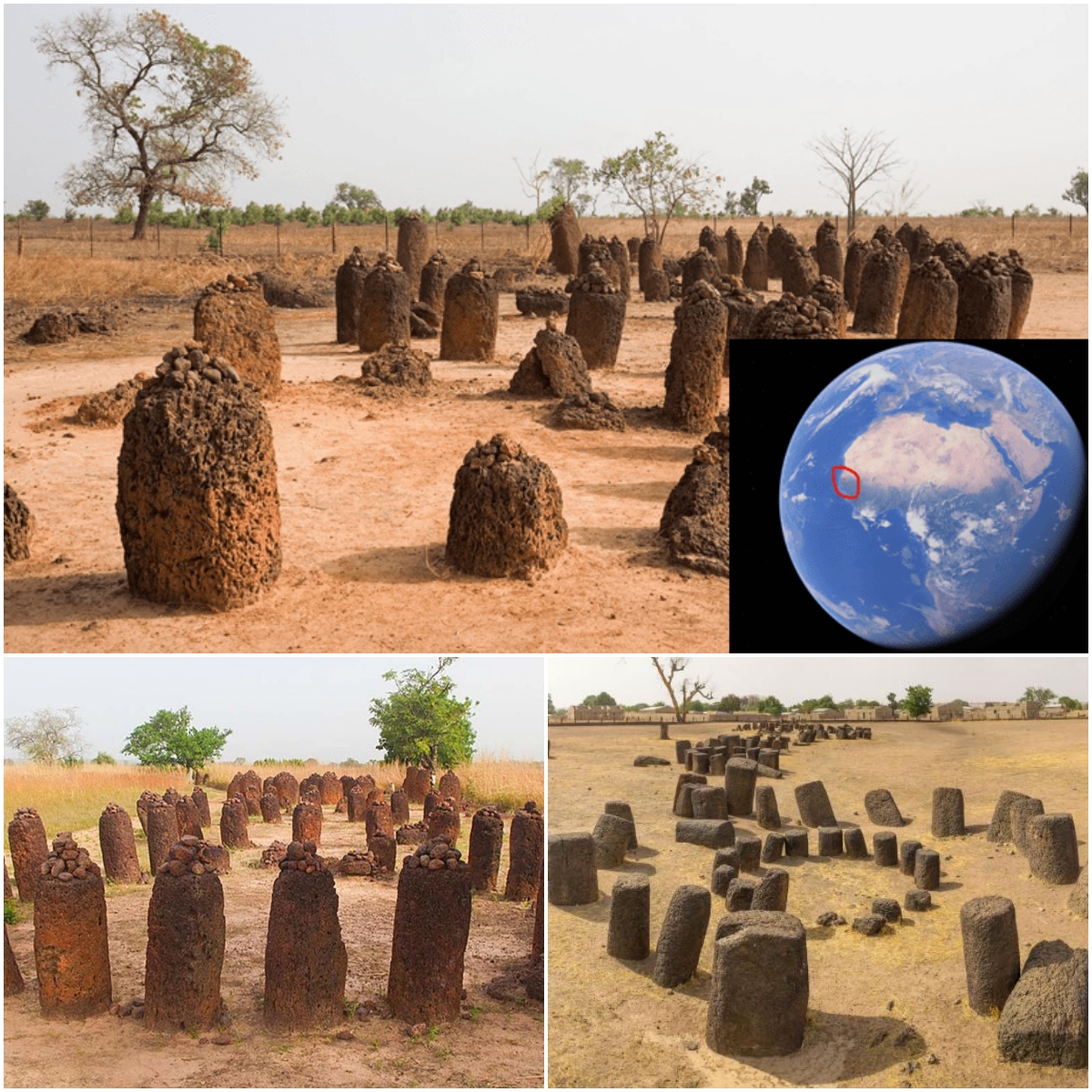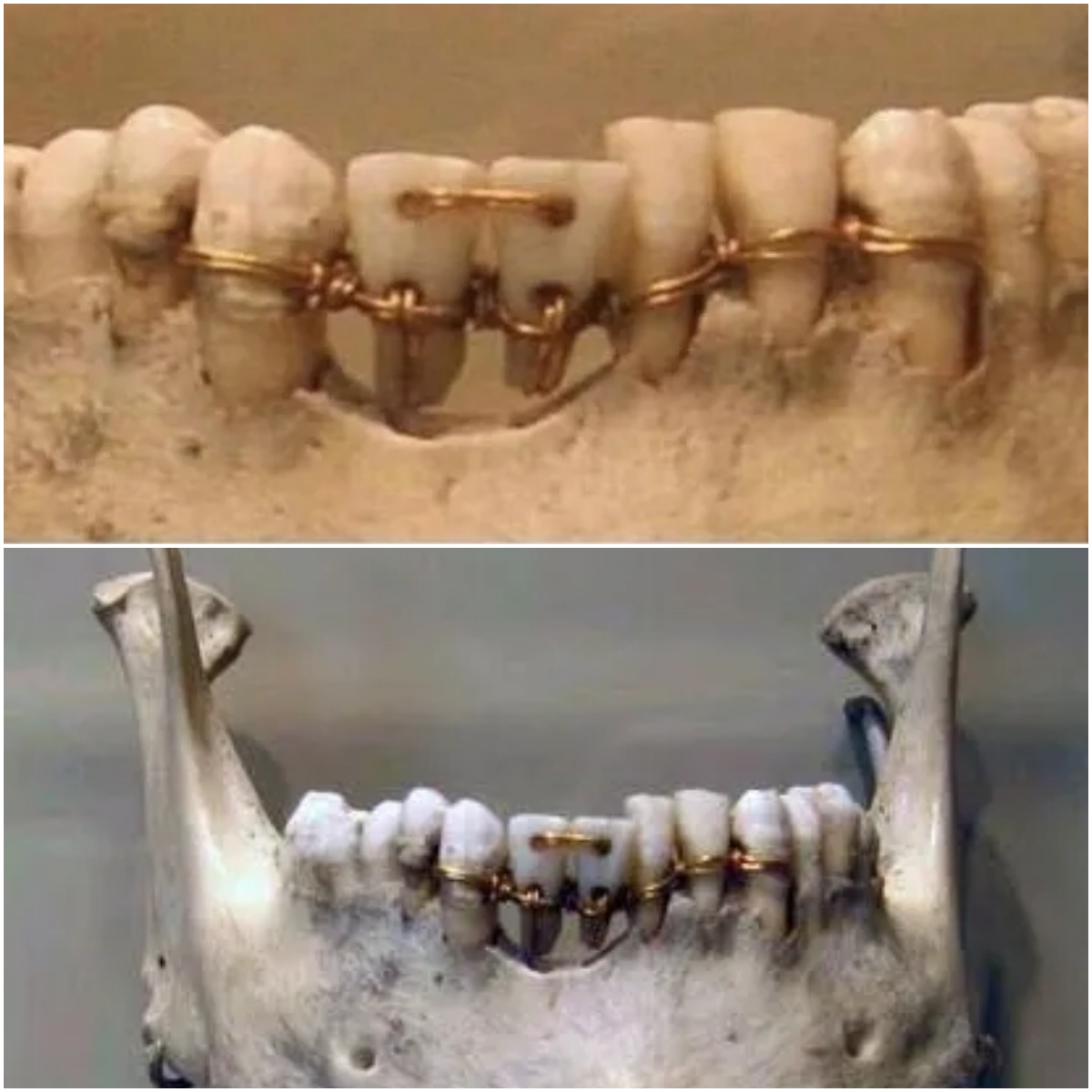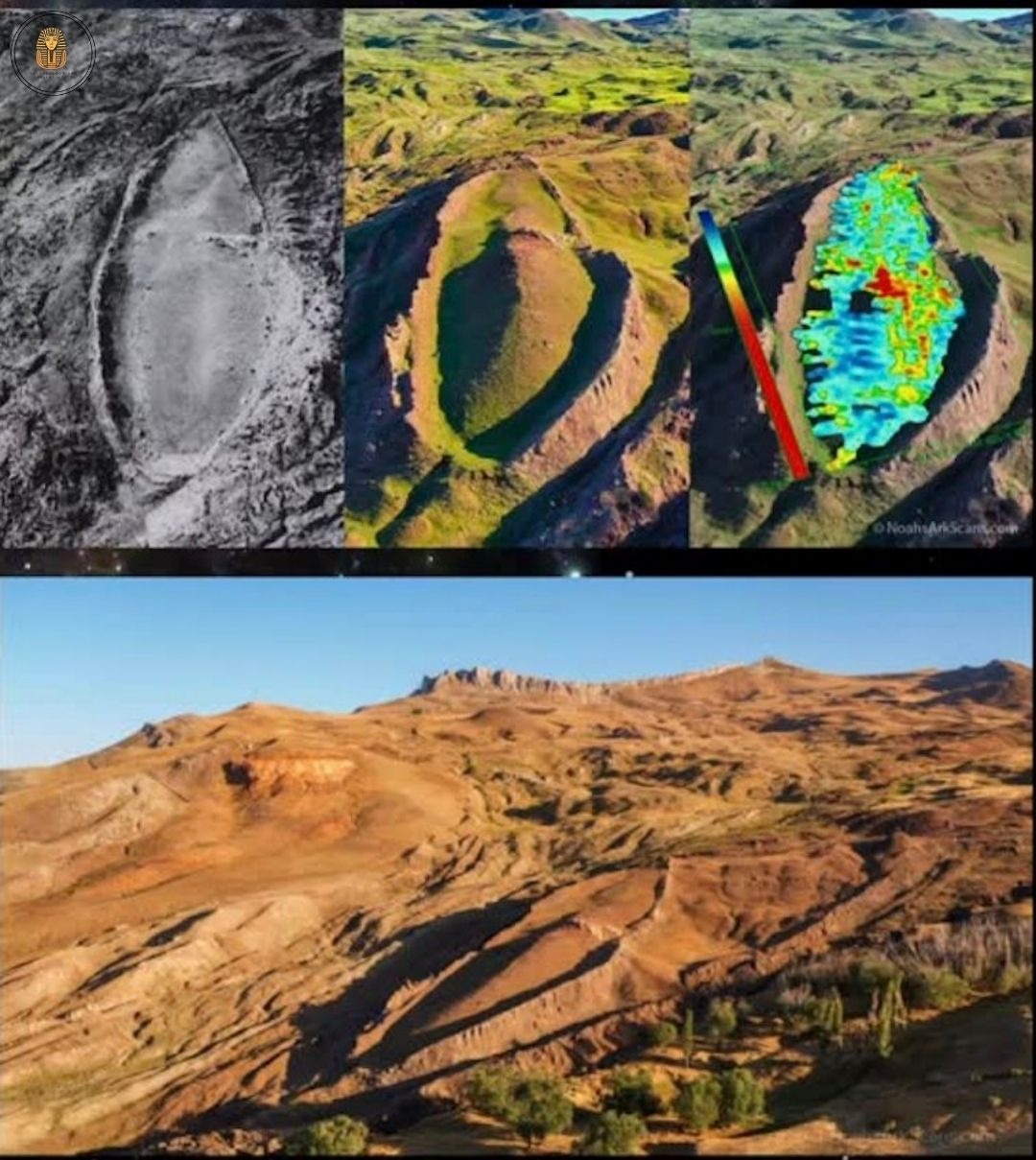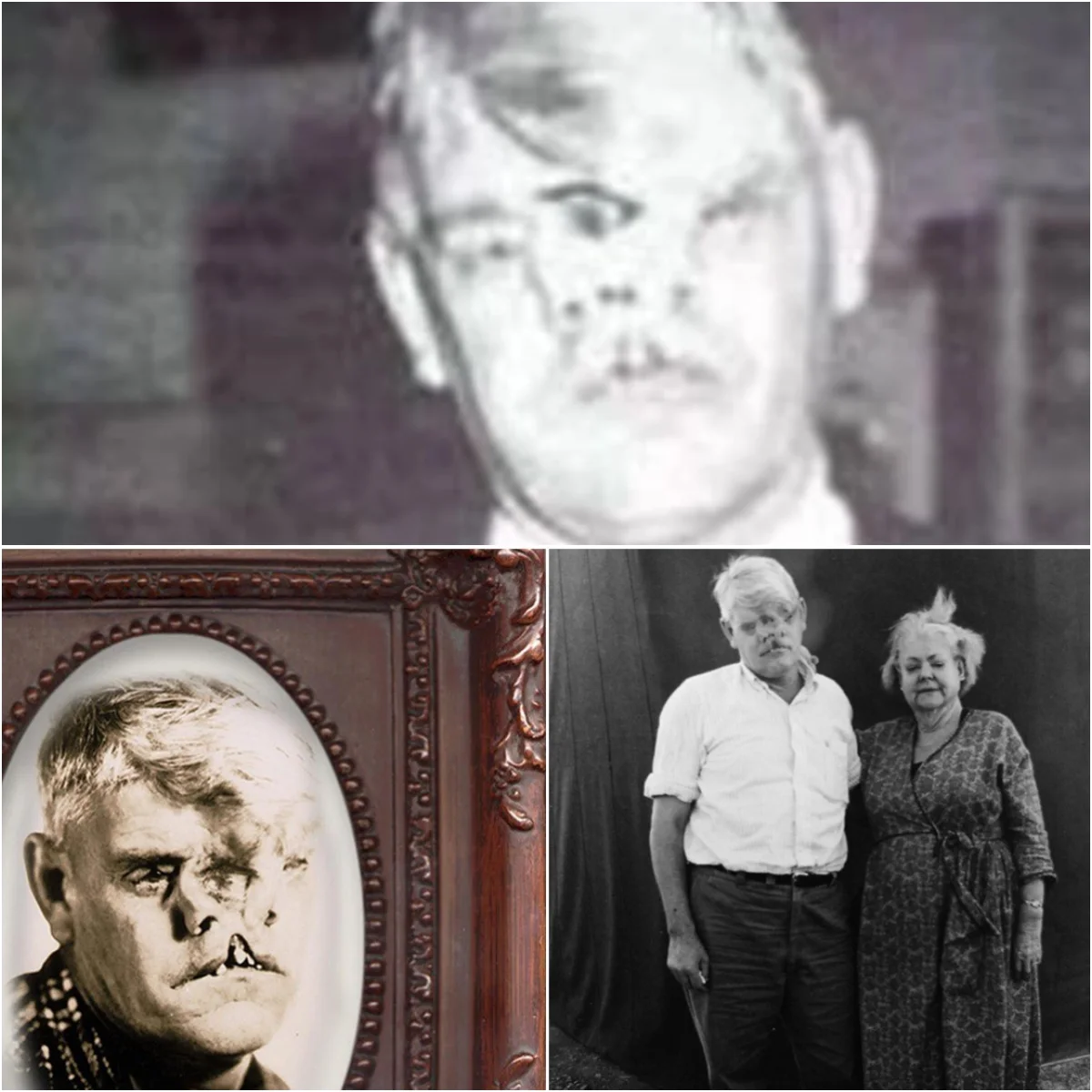BREAKING: Archaeologists Confirm Discovery and Reburial of King Richard III After 500 Years of Mystery
The rediscovery and respectful reburial of King Richard III’s remains stand as one of the most captivating chapters in modern British archaeology. More than five centuries after his death at the Battle of Bosworth in 1485, the final resting place of England’s last Plantagenet king had long remained unknown, lost in the shadows of time and urban development.
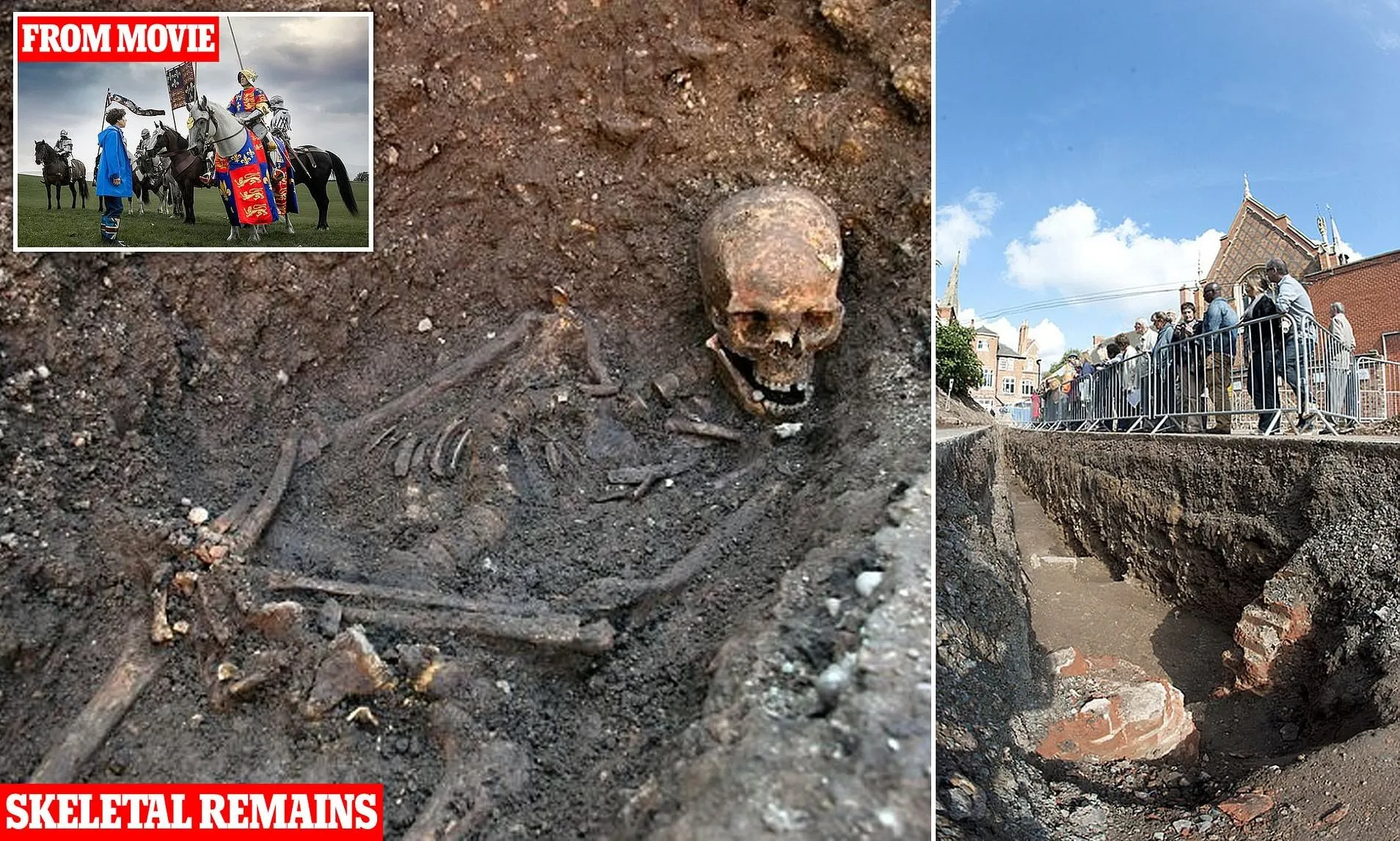
Historical accounts confirmed that Richard III had been buried at the Greyfriars monastery in Leicester, but when the monastery was destroyed during the dissolution of the monasteries under Henry VIII, all knowledge of the exact burial site vanished. Over time, the location was built over, eventually becoming a modern-day parking lot — hardly a place one would expect to uncover royal remains.
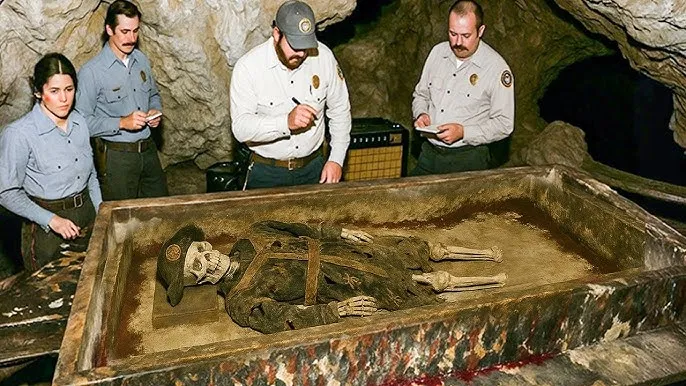
That changed in August 2012, when a team of archaeologists from the University of Leicester launched a carefully planned excavation of the area suspected to be the monastery’s chapel. Their work, initially seen as a long shot, led to an extraordinary breakthrough: a skeleton was discovered in the choir area of the church, exactly where historical sources had placed Richard’s grave.
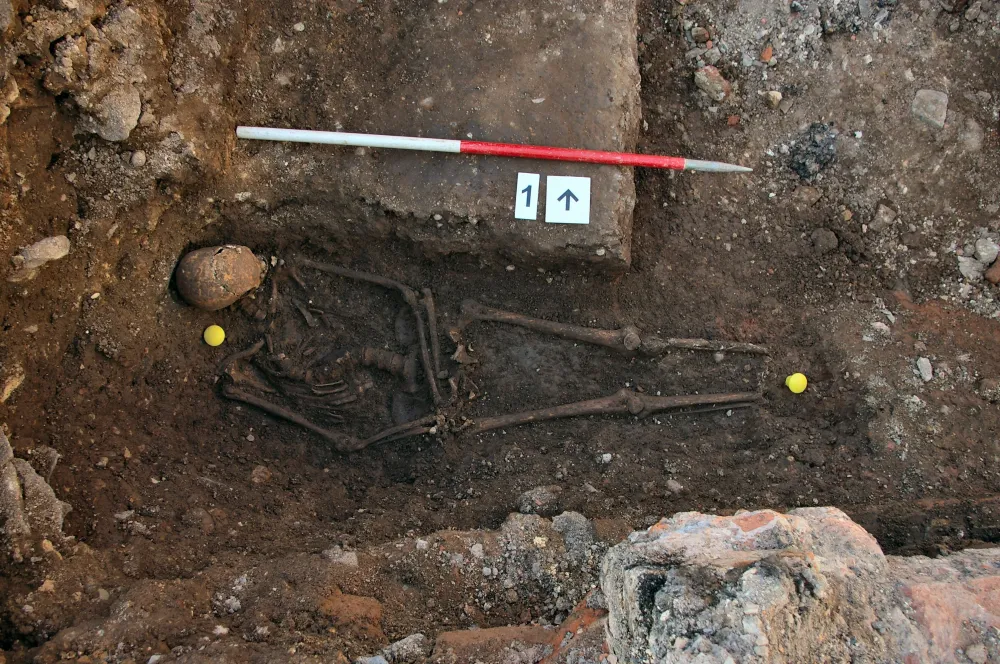
Detailed forensic and archaeological analysis followed. Scientists identified key features of the skeleton, including a severe case of scoliosis, which matched written descriptions of Richard III’s distinctive posture. The bones also bore multiple battle injuries, including a fatal wound to the skull, consistent with the violent end the king met during battle. Genetic testing using DNA from known descendants further confirmed the identity of the remains.

On March 26, 2014, more than 500 years after his death, King Richard III was reburied with solemnity and dignity at Leicester Cathedral, just a short distance from where his remains had been found. The reinterment ceremony, though modest in tone, was nationally televised and attended by royalty, clergy, and historians. A commemorative tombstone now marks the site, finally granting the controversial monarch a place of honor and remembrance.
The discovery has captivated the public and historians alike, not only for its archaeological significance but also for its dramatic unraveling of a centuries-old mystery. Richard III’s story — from battlefield death and lost grave to modern-day forensic triumph — serves as a powerful reminder of how science and history can converge to illuminate the past.


